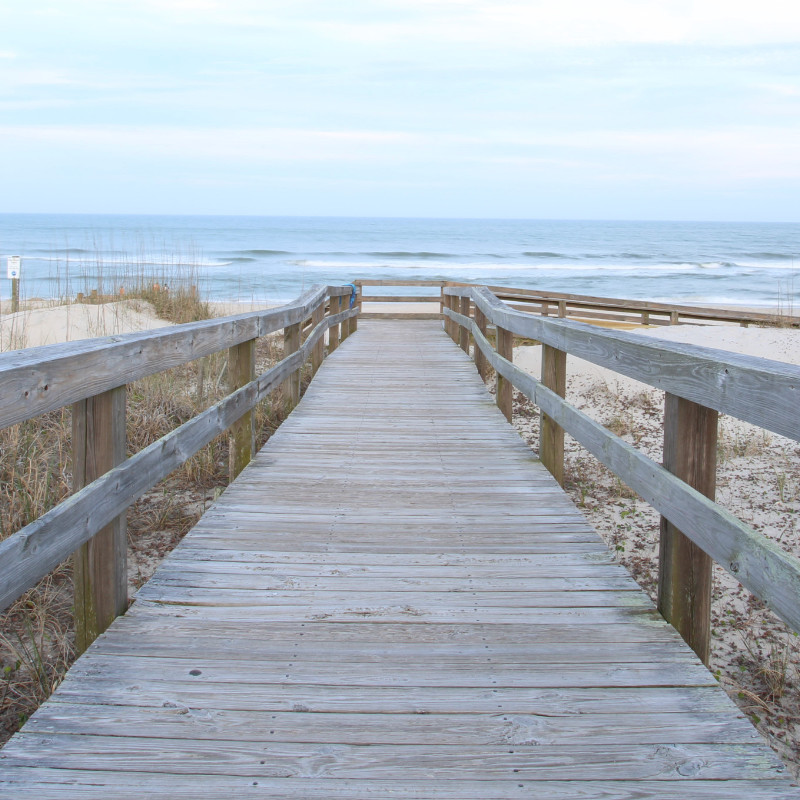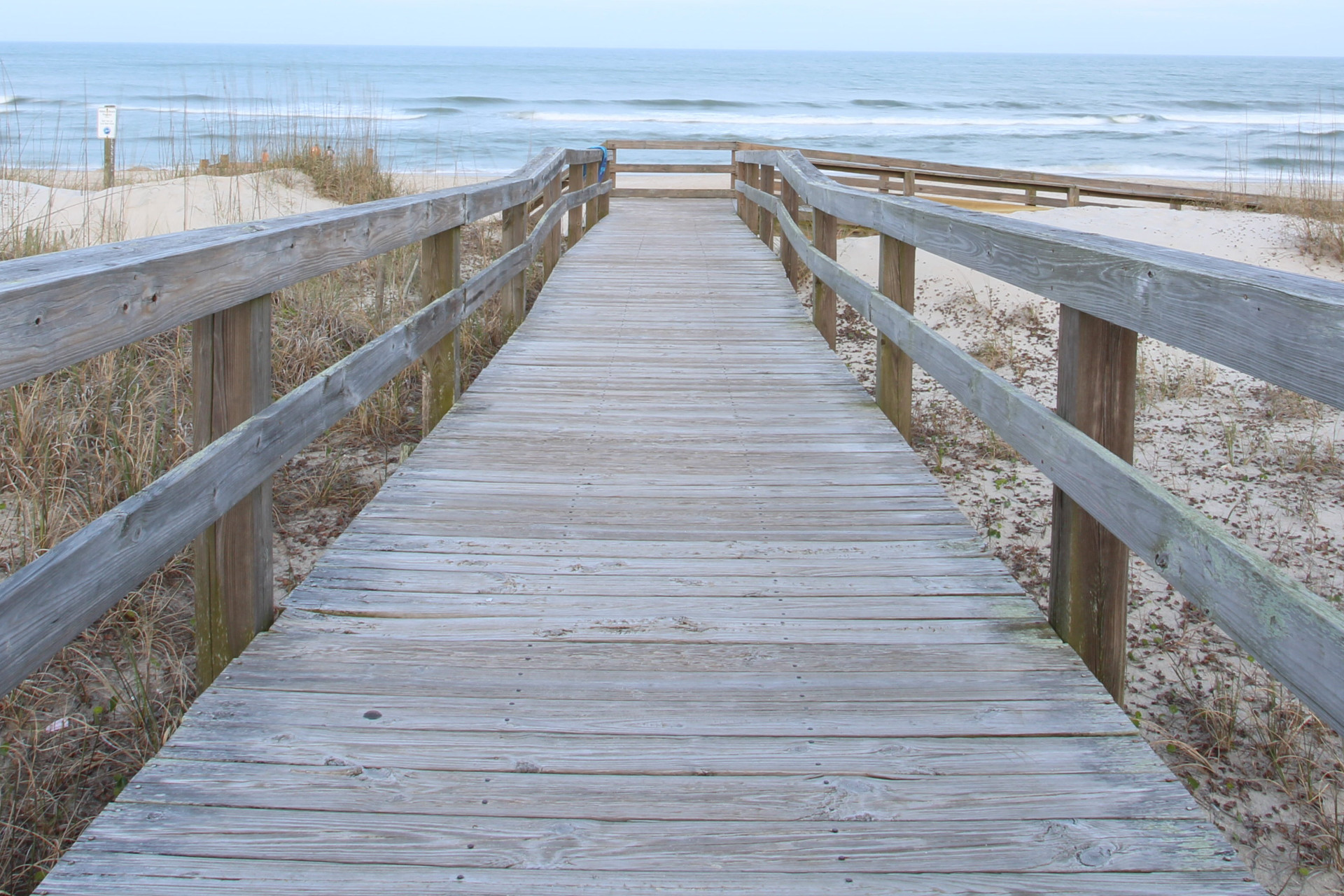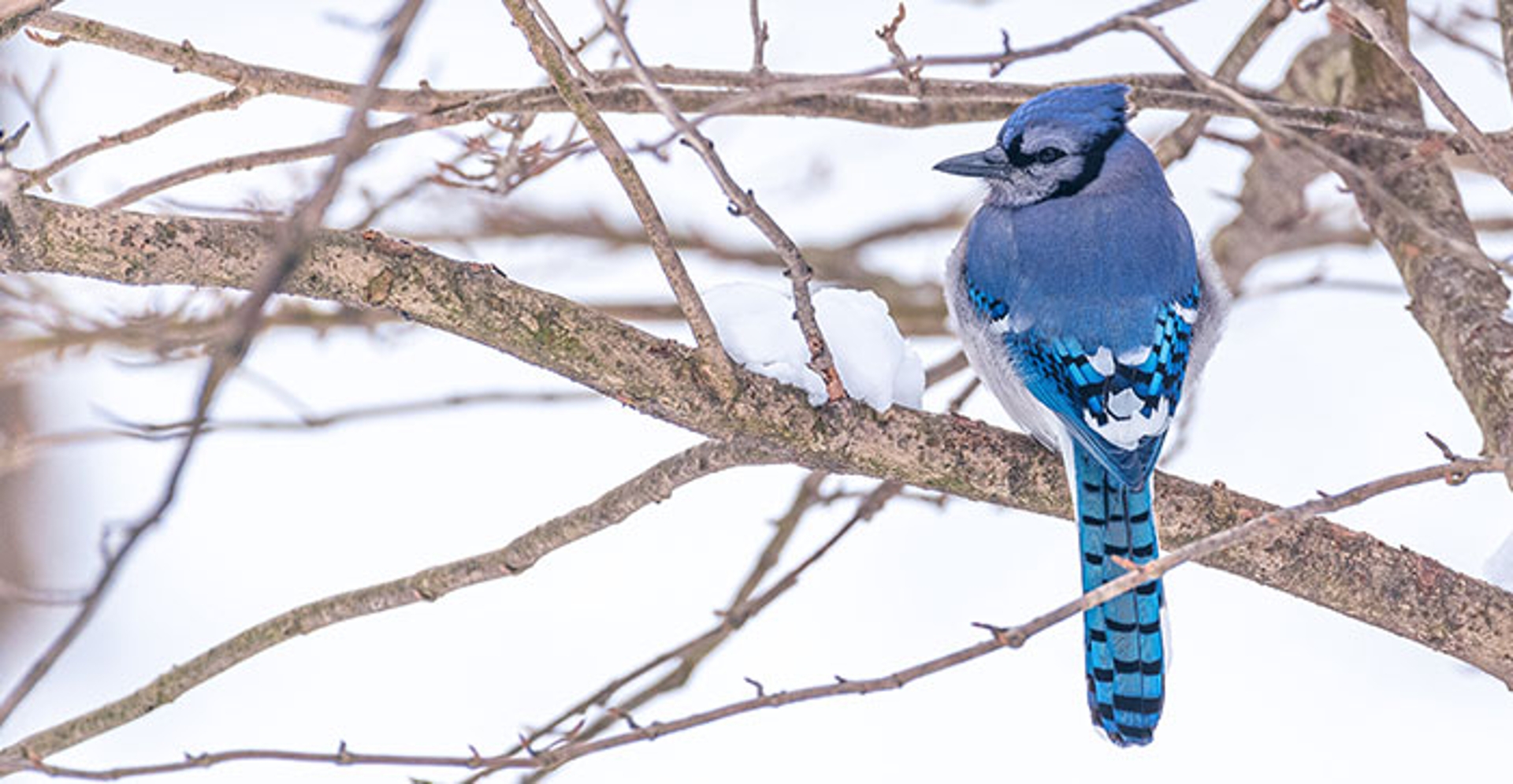1
Feb 2021
Birds flittering around the neighborhood are a common sight during spring and summer, and these welcome guests can be enjoyable to observe as they nest, feed and interact. When the weather cools in fall and winter, many birds seek out warmer climates, but a good number of these feathered friends stick around.
Certain birds can be found all winter long across regions of North America. The Great American Bird Count is a program that is run by the Cornell Laboratory of Ornithology and the National Audubon Society. Its purpose is to seek the help of volunteer birdwatchers across North America to observe and count all the birds seen in a 15-minute interval during a four-day data collection period. This program helps identify birds that are most commonly seen in cold temperatures and study the composition and distribution of the winter bird populations across North America. Birds seen during this time may change from year to year, though certain species are more likely to be around in the winter months.
• Northern cardinals: One of the more iconic winter birds, the bright red cardinals are around much of the year but perhaps most noticeable against the snowy, stark landscape of a winter’s day. Cardinals use their bright, powerful bills to crack open seeds and cut through sugary fruits to help them survive the winter.
• Tree sparrows: Tree sparrows are large-bodied and long-tailed sparrows with gray and reddish-brown streaking along the edges of their feathers. They also wear a bright chestnut colored cap. Despite their name, tree sparrows spend much of their time on the ground feeding. The bird count has unveiled a greater number of tree swallows in recent years. These birds are insectivorous, so milder winters may be contributing to their increased presence.
• Tufted titmice: Tufted titmice resemble cardinals in body and head shape, albeit on a smaller scale, but they are pale gray in coloring. These are bold birds who defend territory with scolding calls.
• Blue jays: These common, vibrant birds are well known to many people. They are large-crested songbirds with broad, round tails. They have white or light gray feathering on the underside of their bodies with various shades of blue, black and white on the top. A favorite food is acorns, and these birds are often found on forest edges. Their calls are loud and carry long distances.
• Mourning doves: Many people hear mourning doves before they actually see them, as their soft cooing often comes from roof rafters and tree branches. These birds have plump bodies and long, tapered necks, with a head that looks particularly small in comparison. They tend to be brown to buff color. When the birds take off for flight, their wings make sharp whistling or whinnying sounds.
• American goldfinches: These birds are sometimes called the “wild canary” of the Americas. They have distinctive yellow plumage that fades in winter to a palette of buff, brown and gray. They’re small seed-eating birds that often travel in flocks.
Birds may need a little help surviving in the winter. Keep fresh, unfrozen water available. Consider a heated bird bath. Birds rely on water to wash their plummage to keep it in working condition. In winter, this means ensuring their feathers create proper loft to trap air for warmth.
Supplement their scavaged food with sunflower seeds, nuts, suet and mealworms. Load pinecones in suet and peanut butter, roll in seeds or crushed nuts and hang outside. Put sliced oranges, apples, dried fruit or string cranberries on trees.
Evergreen trees and shrubs provide shelter. Some favorites are hollies and cypress. They give the birds a place to huddle together in inclement weather or at night. Hollies provide berries for the birds to eat and cypress have cones that contain edible seeds. Brush piles, roost boxes or birdhouses make good bird shelters. Make sure they are placed out of the wind.






